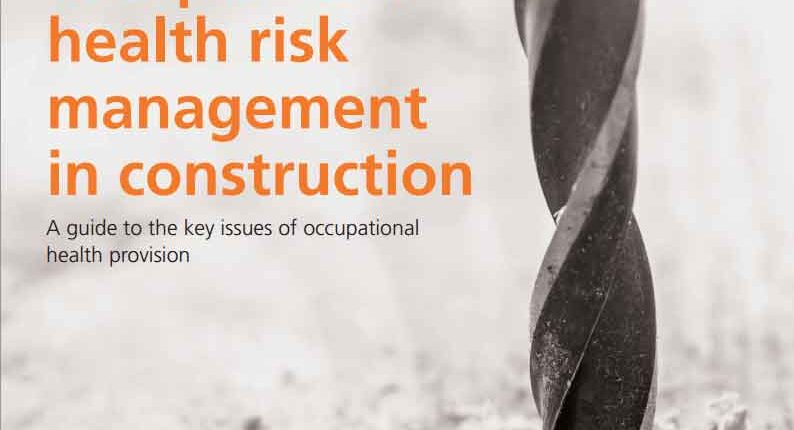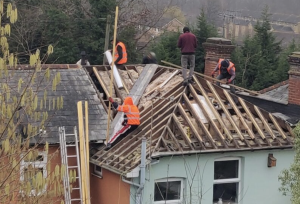New guidance for construction industry over occupational disease
This post has already been read 2643 times!
The construction industry has launched new guidance to encourage better management of occupational health risks. HSE is urging the industry to put an end to the hundreds of construction workers that die of occupational diseases every month.
Inspectors issued more than 200 health related enforcement notices during the recent Health and Safety Executive’s (HSE) construction inspection initiative.
This highlighted the widespread misunderstanding of what ‘occupational health’ means in the construction sector and the employers’ misguided perception that health is more difficult to manage than safety.
The new guide Construction occupational health guidance has been written by the Construction Industry Advisory Committee (ConIAC) Health Risks Working Group and formatted with the assistance of the Institution of Occupational Safety and Health (IOSH).
It gives practical advice on what ‘health risk’ means for the construction industry, and the role of occupational health service provision in preventing or controlling those risks.
Ian Strudley, Chair of the ConIAC Health Risks Working Group and HSE Principal Specialist Inspector said: ““The misunderstanding of occupational health within the construction sector means that whilst the industry focus on managing the more familiar safety issues, serious health risks get ignored. We cannot let this continue.
“When figures show that construction workers are at least 100 times more likely to die from a disease caused or made worse by their work as they are from a fatal accident, the industry must take action.”
Shelley Frost, Executive Director – Policy at IOSH, said: “There have been huge advances in improving safety in the construction sector over the last 15 years but the industry has yet to generate such advances in improving the picture in occupational health.
“Every week, 100 people die from construction-related ill health in the UK. Less than half of construction workers also stay employed in the industry until they are 60.
“This new guide raises awareness of the occupational health issues in construction, demystifies how to best manage them and provides information as to where firms can get help and assistance.
“Ultimately, if the advice is followed, it could help to lower incidence rates of occupational ill-health and transform the perception of working in construction to that of an attractive and respectful industry with great career choices.”
The guidance is freely available here























